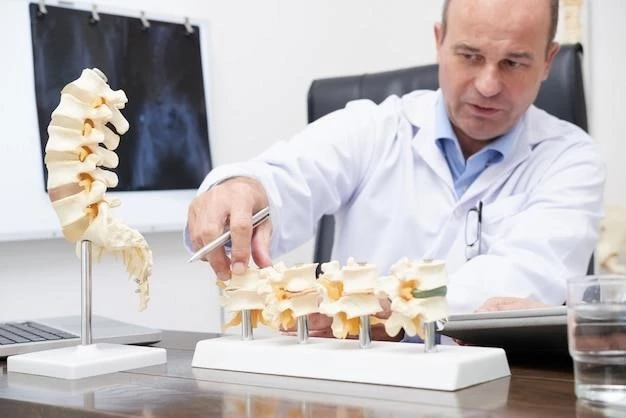Understanding Acroosteolysis Dominant Type ー Key insights into this rare genetic disorder.
Overview of Acroosteolysis Dominant Type
Acroosteolysis Dominant Type is a rare genetic condition characterized by progressive bone resorption, typically affecting the distal phalanges of the fingers and toes. It can lead to skeletal abnormalities and deformities. Understanding the underlying genetic factors and the mechanisms involved is crucial in managing this condition effectively.
Symptoms of Acroosteolysis Dominant Type
Overview of the distinct symptoms that accompany Acroosteolysis Dominant Type.
Common Symptoms
Common symptoms of Acroosteolysis Dominant Type include gradual bone resorption in the digits, leading to shortened or misshapen fingers and toes. Patients may experience pain, swelling, and limited range of motion in the affected joints. Skin abnormalities and nail changes are also observed. Early recognition of these symptoms is vital for timely intervention and management.
Treatment Options for Acroosteolysis Dominant Type
Exploring the various medical interventions available for managing Acroosteolysis Dominant Type.
Medical Interventions
Medical interventions for Acroosteolysis Dominant Type may focus on pain management, addressing bone resorption, and managing complications. Treatment options include medications to reduce inflammation and pain, occupational therapy to maintain mobility, and surgical interventions for severe deformities. Regular monitoring and a multidisciplinary approach are essential for optimal care and improving quality of life for individuals with this condition.
Causes of Acroosteolysis Dominant Type
Insights into the genetic factors that contribute to Acroosteolysis Dominant Type development.
Genetic Factors
Acroosteolysis Dominant Type is primarily caused by mutations in certain genes that affect bone metabolism and remodeling processes. These genetic alterations lead to abnormal bone resorption, particularly in the extremities. Understanding the specific genetic pathways involved is crucial for both diagnosis and potential targeted treatment approaches in the future.
Diagnosis of Acroosteolysis Dominant Type
Key diagnostic procedures to identify and confirm Acroosteolysis Dominant Type.
Diagnostic Procedures
Diagnosing Acroosteolysis Dominant Type typically involves clinical evaluation, genetic testing to identify specific mutations, imaging studies like X-rays to assess bone resorption, and consultation with specialists like geneticists or orthopedic surgeons. Early and accurate diagnosis is essential for initiating appropriate treatment strategies and providing comprehensive care tailored to the individual’s needs.
Living with Acroosteolysis Dominant Type
Strategies and tips for managing daily life with Acroosteolysis Dominant Type.
Managing Daily Life
Living with Acroosteolysis Dominant Type involves adapting daily activities to accommodate physical changes, maintaining regular follow-ups with healthcare providers, engaging in suitable exercises to preserve mobility, and seeking emotional support from family and support groups. Enhancing quality of life through self-care practices, assistive devices, and staying informed about advancements in treatment can aid individuals in navigating the challenges posed by this rare genetic disorder.

Research Updates on Acroosteolysis Dominant Type
Exploring the latest studies and findings related to Acroosteolysis Dominant Type.
Current Studies and Findings
Ongoing research on Acroosteolysis Dominant Type focuses on further understanding the molecular mechanisms underlying the condition, exploring potential targeted therapies to inhibit bone resorption, and improving diagnostic techniques. Recent studies have shed light on novel genetic markers and treatment approaches, offering hope for enhanced management of this complex disorder in the future.
Prevention of Acroosteolysis Dominant Type
Explore strategies for reducing the risk of developing Acroosteolysis Dominant Type.
Risk Reduction Strategies
While Acroosteolysis Dominant Type is primarily genetic, maintaining overall bone health through a balanced diet rich in calcium and vitamin D, regular physical activity, and avoiding environmental factors that could exacerbate bone resorption may play a role in reducing the risk of complications associated with the condition. Consultation with healthcare professionals and genetic counseling can provide personalized guidance for risk management.
